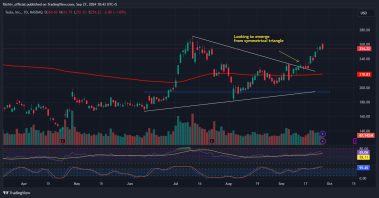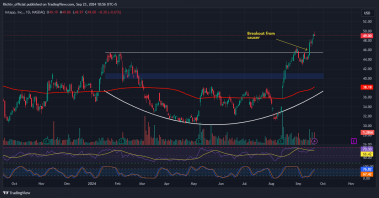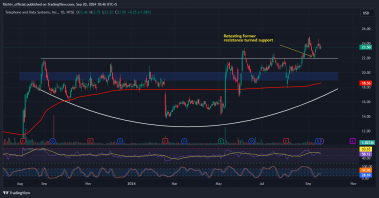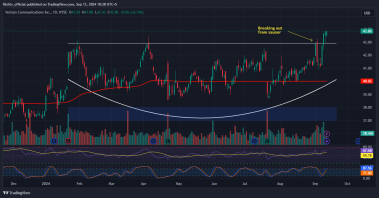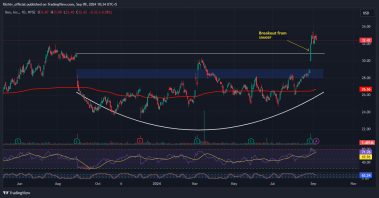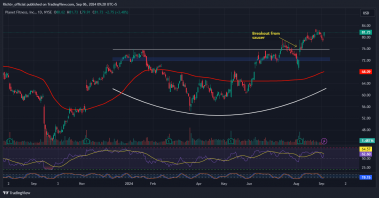Amazon (AMZN: NASDAQ)
Amazon, a global online retail giant, is a ubiquitous presence in the e-commerce space. Beyond its retail operations, Amazon Web Services (AWS) stands out as the largest cloud computing provider by market share, positioning itself to capture the substantial future growth of AI.
AWS’s unique business model involves a one-time expense for purchasing GPUs and building servers, followed by ongoing costs for electricity and maintenance. Once operational, AWS generates stable rental revenue that more than offsets these initial expenses, creating a robust and recurring revenue stream.
While AWS accounted for only 18% of Amazon’s sales in the first quarter, its impact on profitability is profound. AWS contributed 62% of Amazon’s $15.3 billion in operating profit, underscoring its high margins compared to the commerce side of the business. This crucial growth driver is expected to become even more significant as investors fully appreciate its potential.
Amazon’s CEO has provided optimistic forward guidance, highlighting plans to increase capital expenditures to expand data center operations to meet the rising demand for generative AI. This strategic investment is anticipated to lead to strong free cash flow and improved operating margins in the future.
Given these factors, we are bullish on AMZN above $168.00-$170.00, with an upside target of $220.00-$230.00.
Cava Group (CAVA: NYSE)
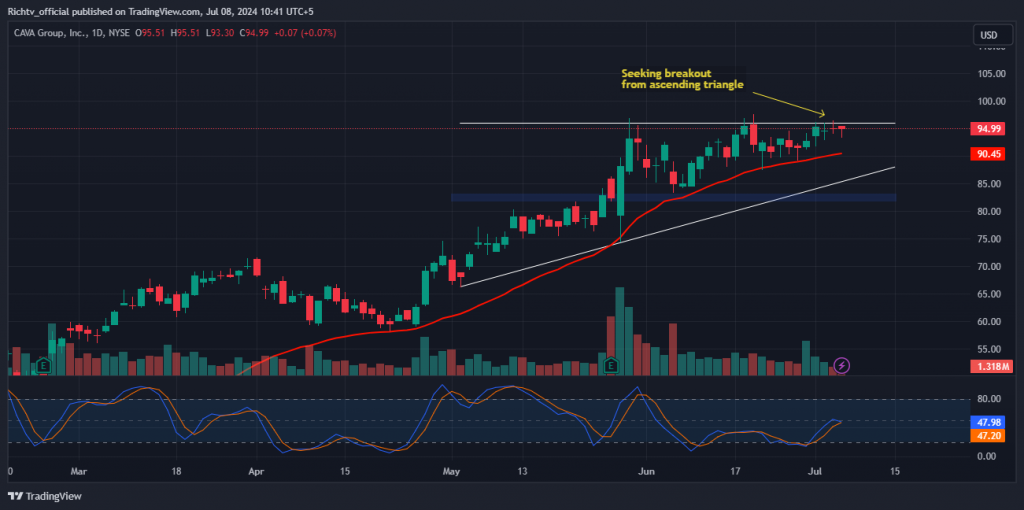
Cava Group, known for its chain of Mediterranean fast food restaurants across the United States, is experiencing substantial growth. With 323 locations at the end of its latest fiscal quarter, Cava aims to reach 1,000 locations by 2032. Achieving this goal would triple its annual revenue over the next decade, exclusive of additional growth from increased customer traffic at existing stores.
Drawing on concepts similar to Chipotle’s, Cava focuses on delivering fresh food quickly and efficiently. The company is also leveraging artificial intelligence (AI) to improve order accuracy and service speed, suggesting potential enhancements in financial performance.
Cava’s robust profitability and cash flow are appealing to investors and institutions. In the first quarter of 2024, Cava reported a restaurant-level profit margin of 25.2% and $19 million in consolidated operating income over the past 12 months. These strong unit economics indicate that Cava can self-fund its growth while remaining profitable.
The company’s scalability has resulted in better-than-expected profitability in every quarter since going public. Its EBITDA nearly doubled in the latest quarter, showcasing its financial strength and growth potential.
Given these factors, we are bullish on CAVA above $82.00-$83.00, with an upside target of $125.00-$126.00.
Bitcoin (BTCUSD)
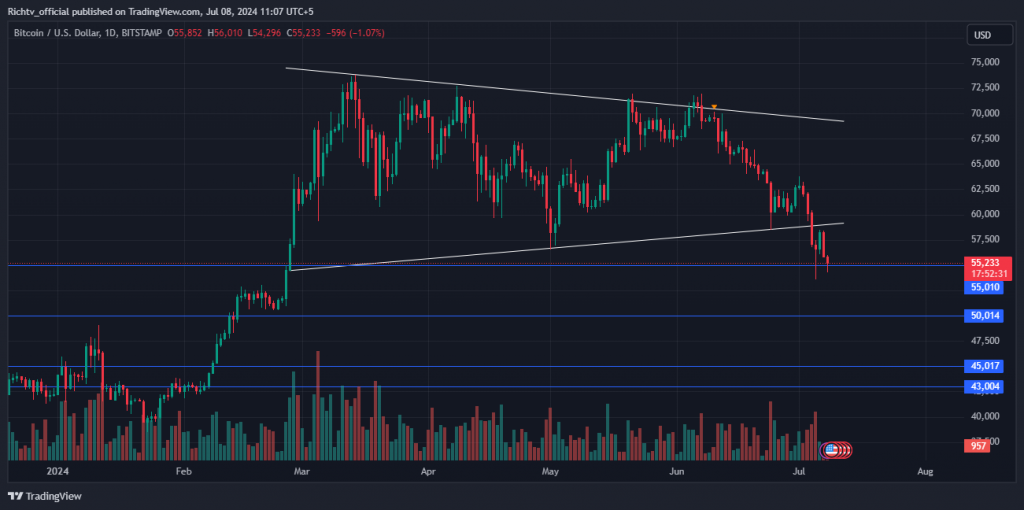
Cryptocurrencies experienced a notable selloff during the holiday trading week, leading to a break below the lower trendline of Bitcoin’s symmetrical triangle. This chart pattern could be morphing, and unless a false breakdown occurs, a further decline cannot be ruled out. The key technical support in the $50,000-$55,000 zone is holding for now, after previously breaking another support zone in the $60,000-$62,000 range, which now acts as resistance.
Unless Bitcoin can reclaim the $60,000-$62,000 range, there are technical headwinds to consider. The current situation reflects a short-term downtrend in Bitcoin, marked by the recent lower low on May 1 and the subsequent lower high on June 7. This downtrend suggests continued caution, as the price action indicates bearish momentum in the near term.
Despite the recent selloff and short-term downtrend, there is still optimism that Bitcoin will find its way back to new all-time highs. However, the market sentiment near previous highs was overly bullish, contributing to the current corrective phase. Traders should closely monitor the $50,000-$55,000 support zone and the $60,000-$62,000 resistance zone to gauge Bitcoin’s next significant move.
Ethereum (ETHUSDT)
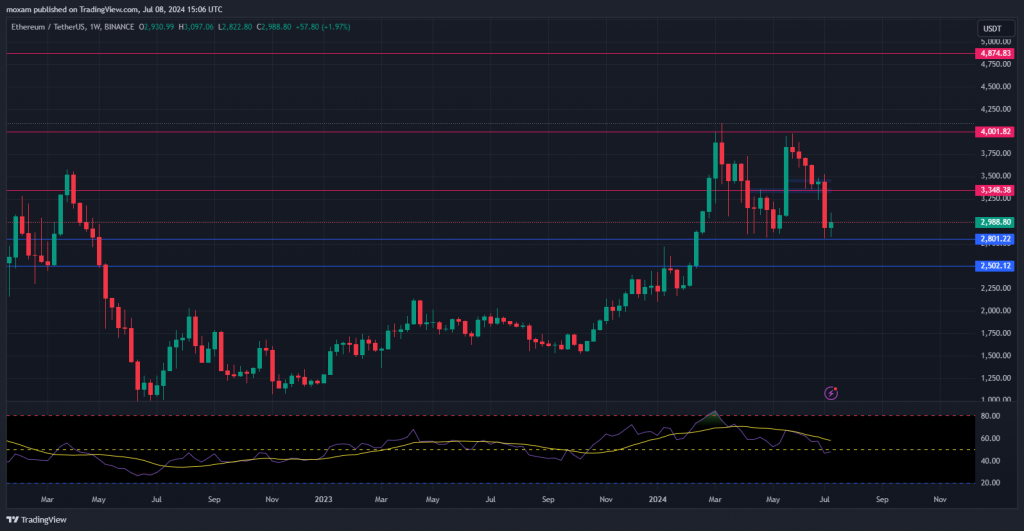
Last week was brutal as Ethereum crashed by 16%, with most of the market in the red, showing double-digit losses, including Bitcoin. This drop could be tied to significant actors like Germany or Mt. Gox selling BTC. Regardless, ETH’s price has been in a free fall and is now testing the crucial support at $2,800. If this level fails to hold, the price may quickly drop to $2,500 next.
Looking ahead, Ethereum made a lower low, which is a bearish signal. This suggests that bears could continue to dominate before any potential recovery. The recent selloff indicates that market sentiment is heavily skewed towards caution, and any further downside could exacerbate the bearish trend.
For now, traders should keep a close eye on the $2,800 support level. A breach of this level could lead to accelerated losses, while a successful defense might offer a glimmer of hope for a potential rebound. However, the broader market conditions and selling pressures will play a critical role in determining Ethereum’s near-term trajectory.



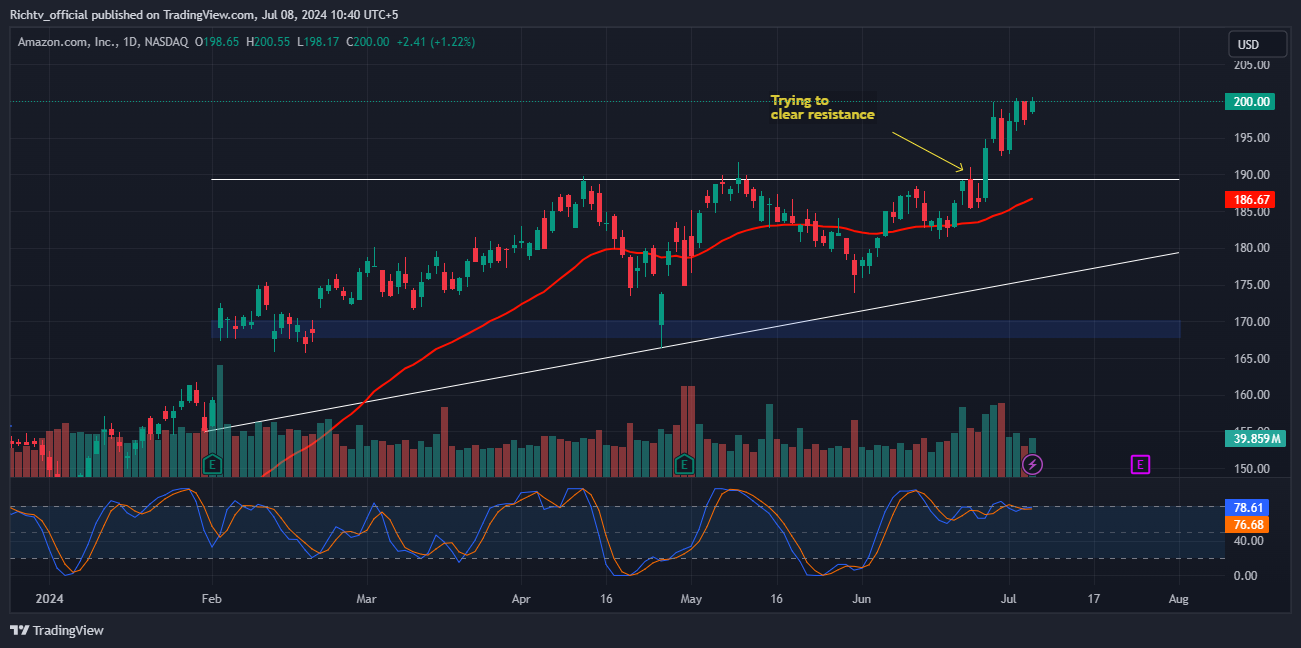
 By:
By:
